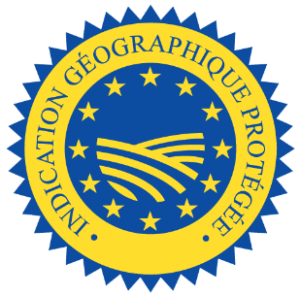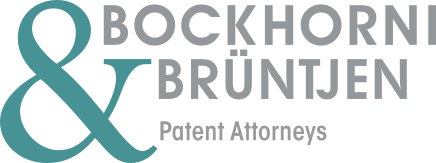Geographical indications (GI) protect the names of products that originate in specific geographical areas and whose characteristics and/or reputation are attributable to their production in that area of origin. They grant rights to producers within those areas and guarantee the authenticity of the products to consumers.
Registered geographical indications are legally protected against unlawful use, imitation and misleading practices.
Protection and rights of geographical indications: Geographical indications are an intellectual property right that exclusively allows all producers in a defined area to use the protected name if they comply with the specific production conditions. Downstream users may also use the indication, provided that the products are authentic.
Registration and legal protection: Registration is carried out by the EUIPO for artisanal and industrial products and by the European Commission for agricultural products, wines and spirits. Protection also applies to geographical indications from non-EU countries through corresponding applications or international agreements.
Meaning and use of EU symbols: The EU symbols promote the protection and awareness of Geographical Indications, but also of Designations of Origin. The EU symbol for geographical indications is mandatory for agricultural products from the EU and optional for other products such as wines, spirits, craft and industrial products, and other countries of origin. Names of the area of origin or names commonly used to refer to the product in trade can be applied for as geographical indications.
For example, the Geographical Indication ‘Miel wallon’ (PGI) was recently added to the Union Register of Geographical Indications. This means that Belgian honey from the Wallonia region, known for its specific production and characteristics, may now bear the following label:

Sources:
BlPMZ 2025, 25
https://www.euipo.europa.eu/en/gi-hub
July 14, 2025
Vanessa Bockhorni
Patent Attorney
